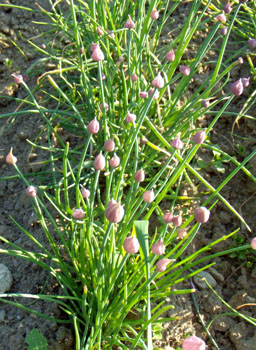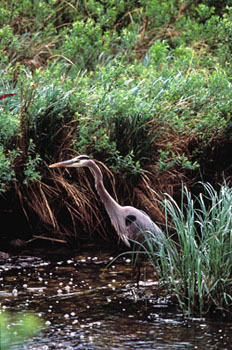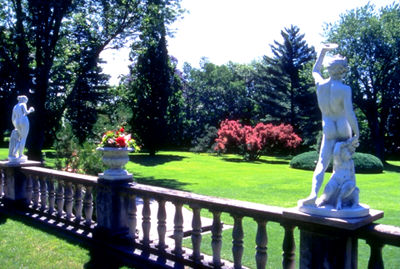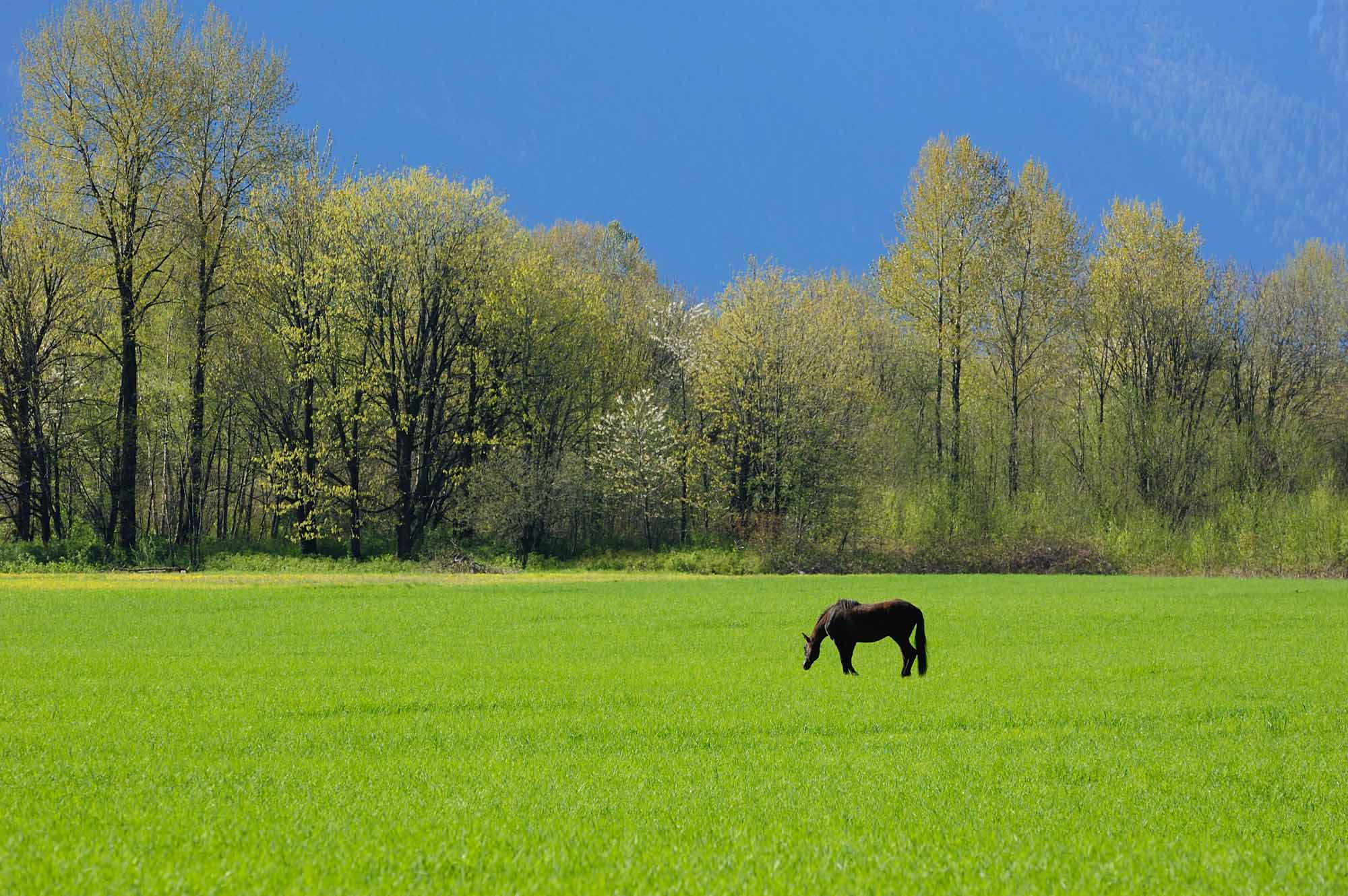Browse "Nature & Geography"
-
Article
Herbs
Herbs and spices differ largely by usage. Spices are normally more aromatic than herbs, and are often of tropical origin. They may consist of seeds, bark, flower buds, fruits, etc. Herbs are usually leafy and locally grown, and their use extends far back into history.
"https://d2ttikhf7xbzbs.cloudfront.net/media/media/7d61da90-15cd-45d3-9a94-3dca721463a5.jpg" // resources/views/front/categories/view.blade.php
https://d2ttikhf7xbzbs.cloudfront.net/media/media/7d61da90-15cd-45d3-9a94-3dca721463a5.jpg
-
Article
Heron
The heron (Ardeidae) family of birds comprises 60 species worldwide, 12 in Canada (including true herons, egrets, night herons and bitterns).
"https://d2ttikhf7xbzbs.cloudfront.net/media/media/357f44da-e3f7-4ee9-8212-3249a113faa5.jpg" // resources/views/front/categories/view.blade.php
https://d2ttikhf7xbzbs.cloudfront.net/media/media/357f44da-e3f7-4ee9-8212-3249a113faa5.jpg
-
"https://d2ttikhf7xbzbs.cloudfront.net/media/media/2280041c-0f68-4bff-b9af-57d165727396.jpg" // resources/views/front/categories/view.blade.php
https://d2ttikhf7xbzbs.cloudfront.net/media/media/2280041c-0f68-4bff-b9af-57d165727396.jpg
-
Article
Historic Gardens
Gardens can be viewed, studied and understood as cultural landscapes. Their aesthetic, horticultural, historic and environmental richness as well as their evocative power excite wonder and delight.
"https://d2ttikhf7xbzbs.cloudfront.net/media/media/762a4957-0a7a-4613-857f-80a5fabbdd7f.jpg" // resources/views/front/categories/view.blade.php
https://d2ttikhf7xbzbs.cloudfront.net/media/media/762a4957-0a7a-4613-857f-80a5fabbdd7f.jpg
-
Article
Historic Rockslides in Canada
Historic Rockslides in Canada Site Date Volume m³ Damage Rubble Creek, BC 1855? 25 million unknown Frank, Alberta 29 April 1903 30 million 70 deaths, half a town destroyed Brazeau Lake, Alberta July 1933 5 million telephone lines Hope, BC 9 January 1965 47 million 4 deaths; road buried English Chief River, NWT 5 October 1985 7 million None
"https://development.thecanadianencyclopedia.ca/images/tce_placeholder.jpg?v=e9dca980c9bdb3aa11e832e7ea94f5d9" // resources/views/front/categories/view.blade.php
https://development.thecanadianencyclopedia.ca/images/tce_placeholder.jpg?v=e9dca980c9bdb3aa11e832e7ea94f5d9
-
Article
History of Agriculture to the Second World War
Canadian agriculture has experienced a markedly distinct evolution in each region of the country. A varied climate and geography have been largely responsible, but, in addition, each region was settled at a different period in Canada's economic and political development. The principal unifying factor has been the role of government: from the colonial era to present, agriculture has been largely state-directed and subordinate to other interests.
"https://d2ttikhf7xbzbs.cloudfront.net/media/media/e1c671ab-3dcf-459c-b108-0bc6e4a86b99.jpg" // resources/views/front/categories/view.blade.php
https://d2ttikhf7xbzbs.cloudfront.net/media/media/e1c671ab-3dcf-459c-b108-0bc6e4a86b99.jpg
-
Article
Holly
Holly, common name for shrub of the holly family Aquifoliaceae. The true hollies belong to genus Ilex, comprising some 400 species worldwide, mostly in Central and South America.
"https://development.thecanadianencyclopedia.ca/images/tce_placeholder.jpg?v=e9dca980c9bdb3aa11e832e7ea94f5d9" // resources/views/front/categories/view.blade.php
https://development.thecanadianencyclopedia.ca/images/tce_placeholder.jpg?v=e9dca980c9bdb3aa11e832e7ea94f5d9
-
Article
Honeysuckle
Honeysuckle, common name for plants, usually woodland shrubs, of genus Lonicera, family Caprifoliaceae.
"https://development.thecanadianencyclopedia.ca/images/tce_placeholder.jpg?v=e9dca980c9bdb3aa11e832e7ea94f5d9" // resources/views/front/categories/view.blade.php
https://development.thecanadianencyclopedia.ca/images/tce_placeholder.jpg?v=e9dca980c9bdb3aa11e832e7ea94f5d9
-
Article
Hornet
Hornet is the common name for wasps in the genus Vespa. They are members of the insect family Vespidae in the order Hymenoptera, which also includes other social wasps like yellowjackets and paper wasps. There are 22 species of hornets worldwide, none of which are native to Canada. However, three introduced species have been found here: the European hornet (Vespa crabro) in southern Ontario and Quebec, and the Japanese yellow hornet (Vespa simillima) and Asian giant hornet (Vespa mandarinia) in coastal British Columbia. The bald-faced hornet (Dolichovespula maculata) is native to Canada, but is actually a species of yellowjacket.
"https://d2ttikhf7xbzbs.cloudfront.net/media/new_article_images/Hornet/EuropeanHornet.jpg" // resources/views/front/categories/view.blade.php
https://d2ttikhf7xbzbs.cloudfront.net/media/new_article_images/Hornet/EuropeanHornet.jpg
-
Article
Horse
Horse (Equus caballus), herbivorous mammal possessing single toes or hoofs (ie, ungulate), contributing to its speed.
"https://d2ttikhf7xbzbs.cloudfront.net/media/media/d1a0eb99-4fa3-41dd-9b5b-82fce73febc8.jpg" // resources/views/front/categories/view.blade.php
https://d2ttikhf7xbzbs.cloudfront.net/media/media/d1a0eb99-4fa3-41dd-9b5b-82fce73febc8.jpg
-
Article
Wild Horses
Wild horses or feral horses (meaning once domesticated animals that have reverted to a wild state) are found primarily in Western Canada. East of Alberta, the only wild horses are the Sable Island horses. Whether wild horses in North America should be referred to as wild or feral is a matter of debate among experts.
"https://d2ttikhf7xbzbs.cloudfront.net/media/media/bb59d32a-9657-4d60-acab-db0e4608fe4f.jpg" // resources/views/front/categories/view.blade.php
https://d2ttikhf7xbzbs.cloudfront.net/media/media/bb59d32a-9657-4d60-acab-db0e4608fe4f.jpg
-
Article
Horsetail
Horsetail, perennial plant of genus Equisetum, the only living representative of the very ancient and primitive class Sphenopsida.
"https://d2ttikhf7xbzbs.cloudfront.net/media/media/10c2d58a-4534-4637-8be5-32653d29863e.jpg" // resources/views/front/categories/view.blade.php
https://d2ttikhf7xbzbs.cloudfront.net/media/media/10c2d58a-4534-4637-8be5-32653d29863e.jpg
-
Article
House Sparrow
The house sparrow (Passer domesticus) is a small, granivorous and insectivorous songbird with conical bill and chunky body.
"https://d2ttikhf7xbzbs.cloudfront.net/media/media/f1ccc4f4-b556-4969-a125-18e694603490.jpg" // resources/views/front/categories/view.blade.php
https://d2ttikhf7xbzbs.cloudfront.net/media/media/f1ccc4f4-b556-4969-a125-18e694603490.jpg
-
Article
Hoverfly
Hoverflies, also known as flower flies, are members of the family Syrphidae within the insect order Diptera (true flies). There are over 6,600 known species of hoverfly, including 539 recorded species in Canada. Hoverflies are found in every Canadian province and territory, including as far north as Ellesmere Island. Adults feed on nectar and pollen, making them important pollinators in a variety of habitats. Many hoverfly species are threatened by habitat destruction and the introduction of non-native species.
"https://d2ttikhf7xbzbs.cloudfront.net/Hoverfly/HourGlassDroneFly.jpeg" // resources/views/front/categories/view.blade.php
https://d2ttikhf7xbzbs.cloudfront.net/Hoverfly/HourGlassDroneFly.jpeg
-
Article
Humane Societies
Humane societies are societies for the prevention of cruelty to animals (SPCA). Following a long struggle by Richard Martin, British landowner and parliamentarian, and others to secure legislation against cruelty to children and livestock, the first SPCA was begun in England in 1824.
"https://development.thecanadianencyclopedia.ca/images/tce_placeholder.jpg?v=e9dca980c9bdb3aa11e832e7ea94f5d9" // resources/views/front/categories/view.blade.php
https://development.thecanadianencyclopedia.ca/images/tce_placeholder.jpg?v=e9dca980c9bdb3aa11e832e7ea94f5d9
